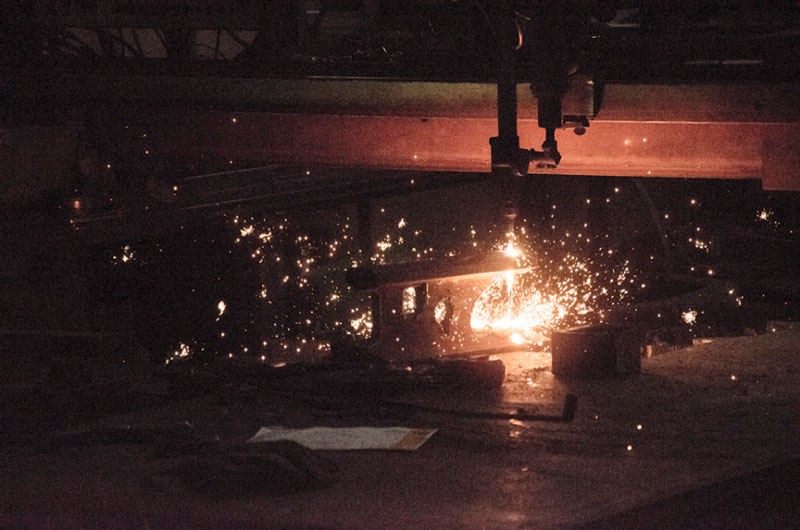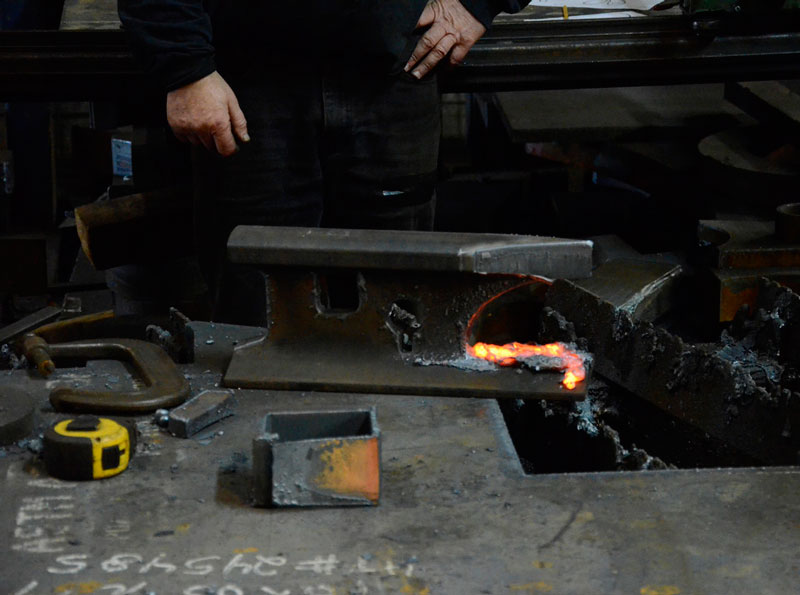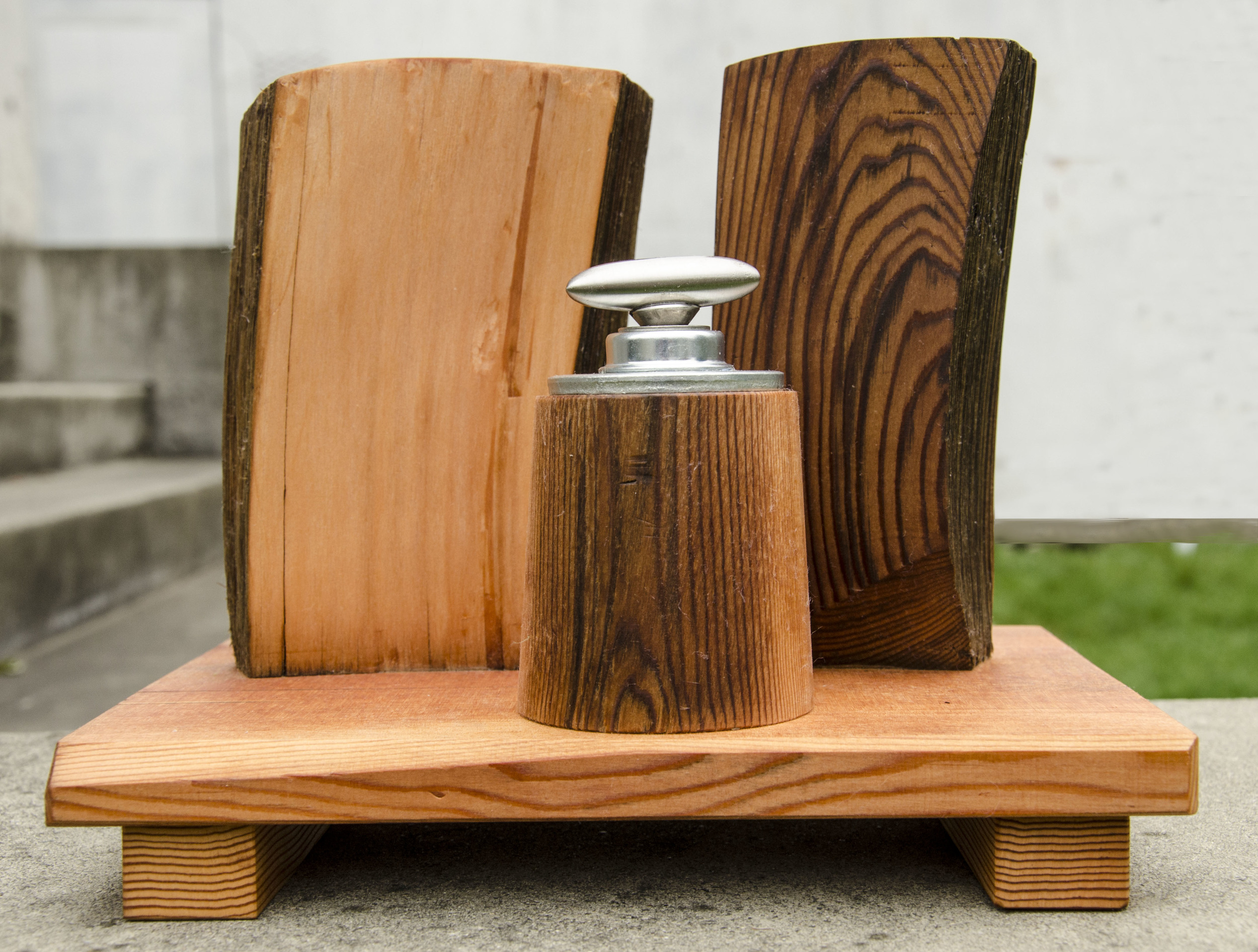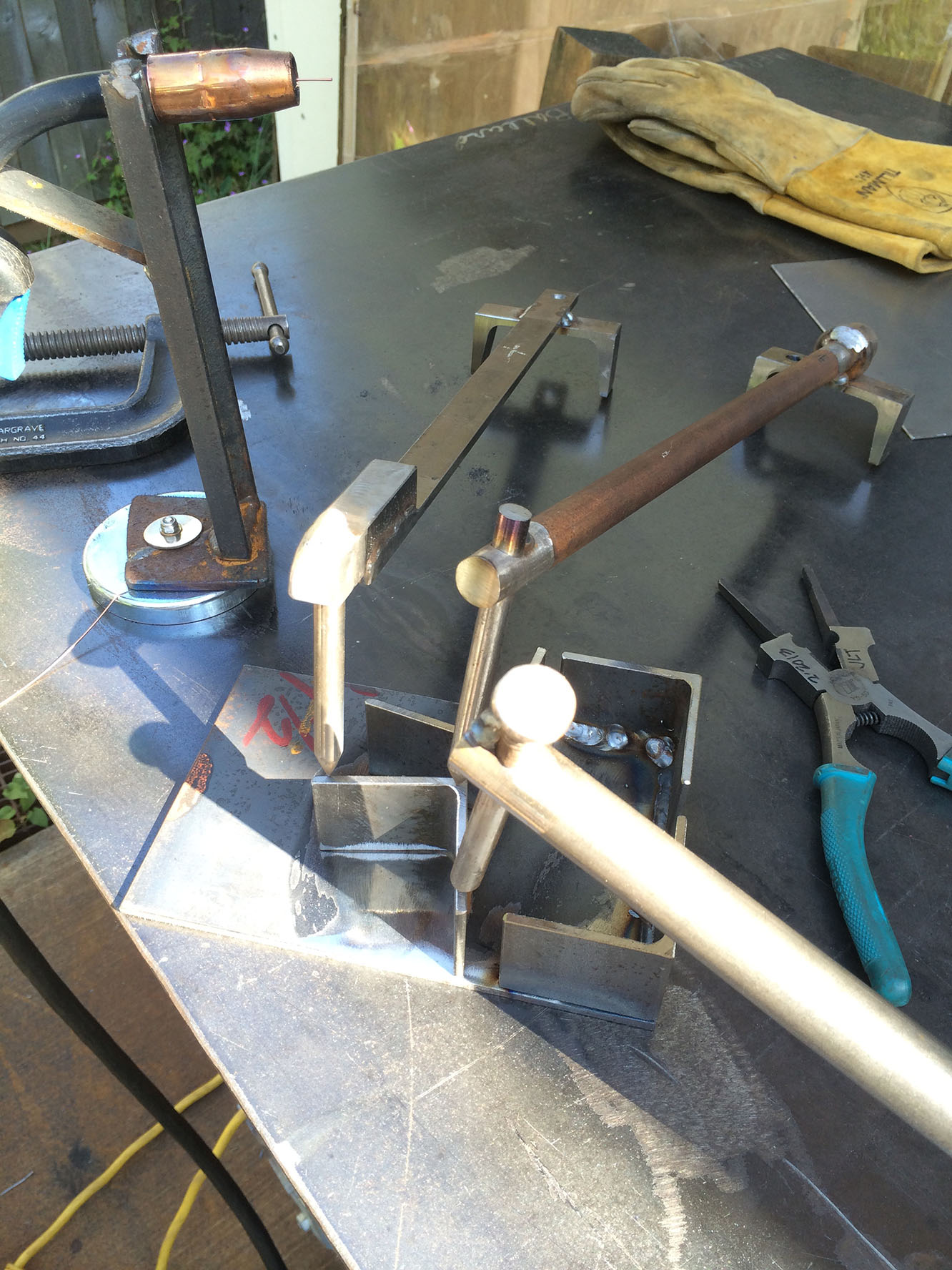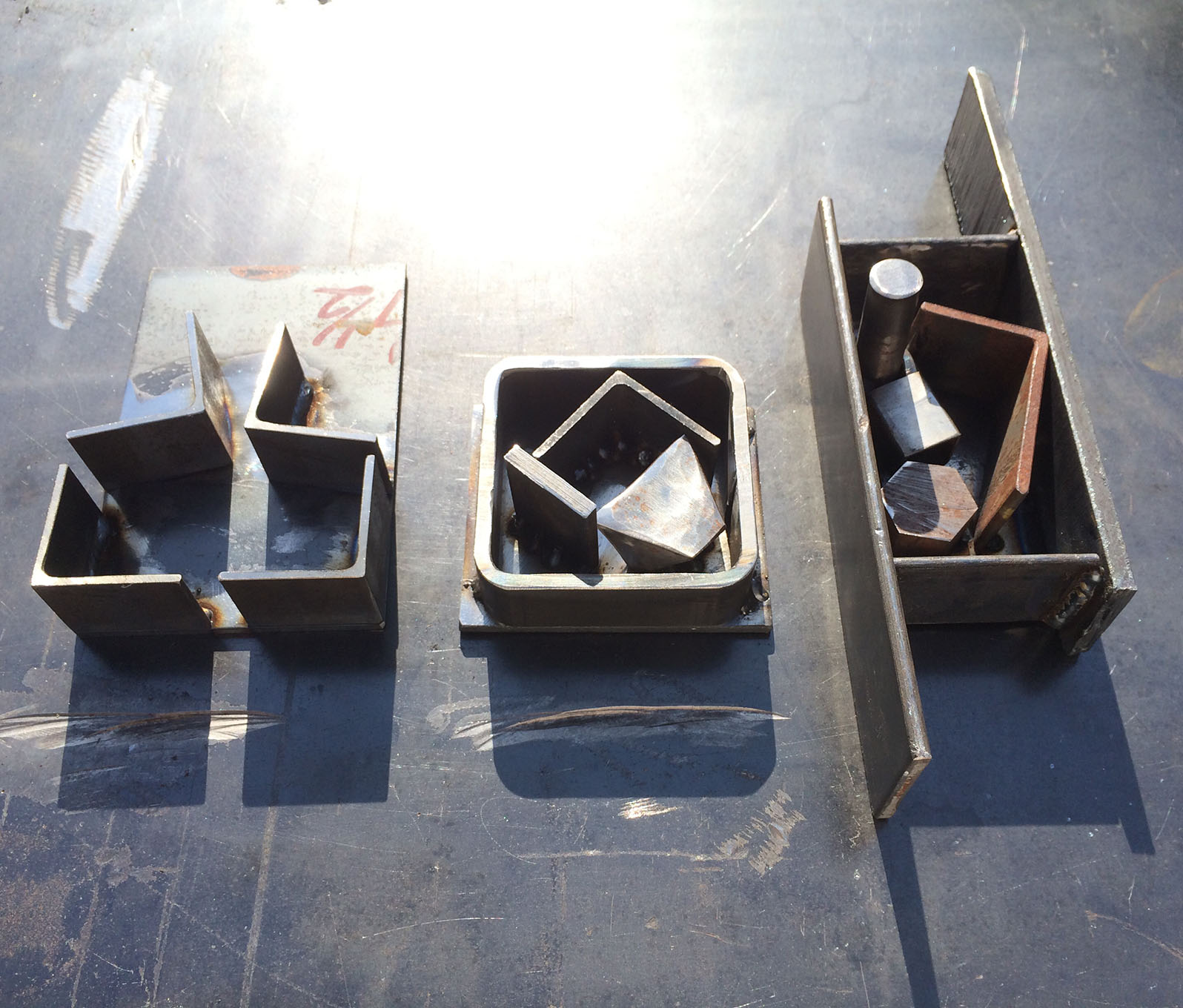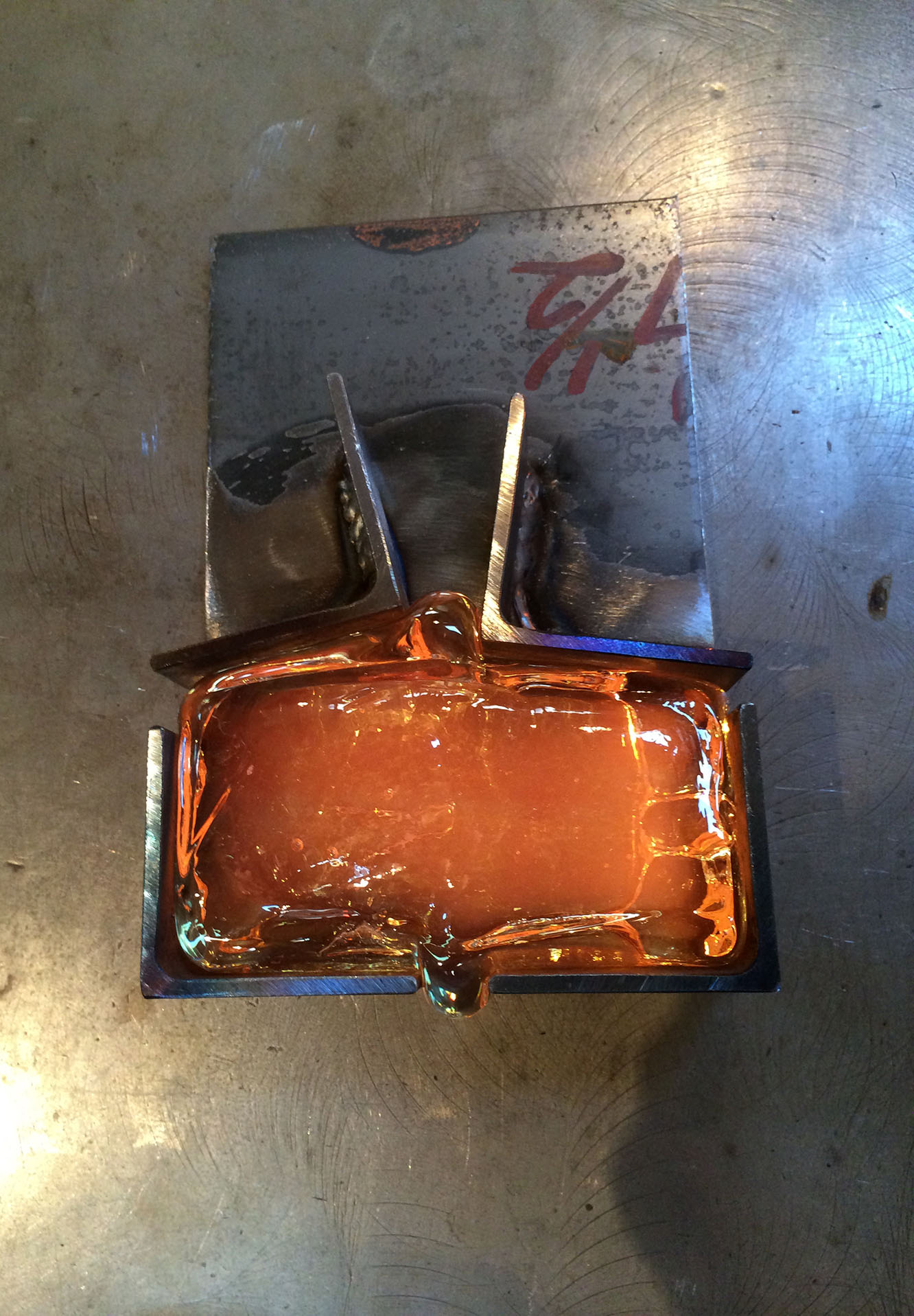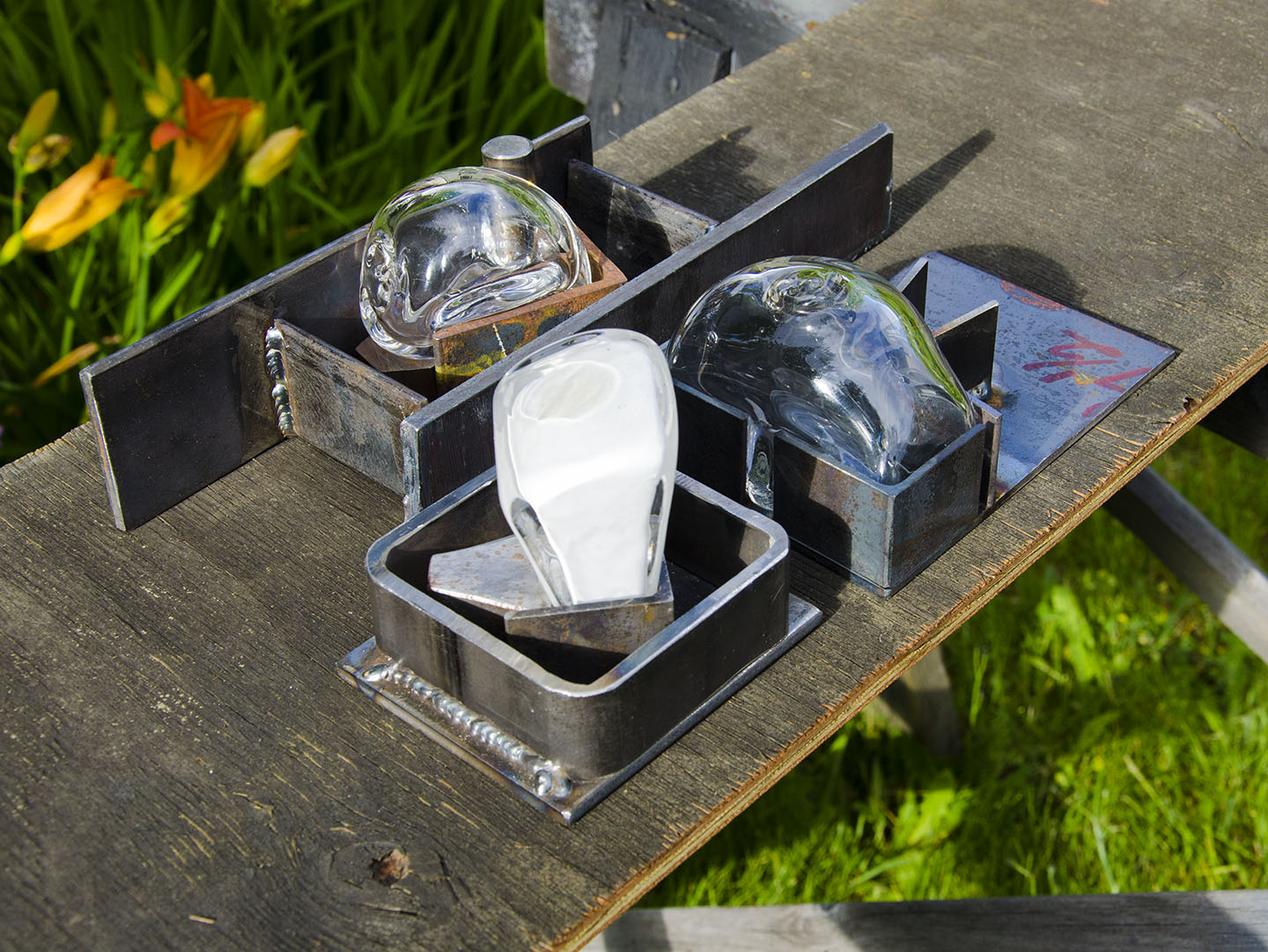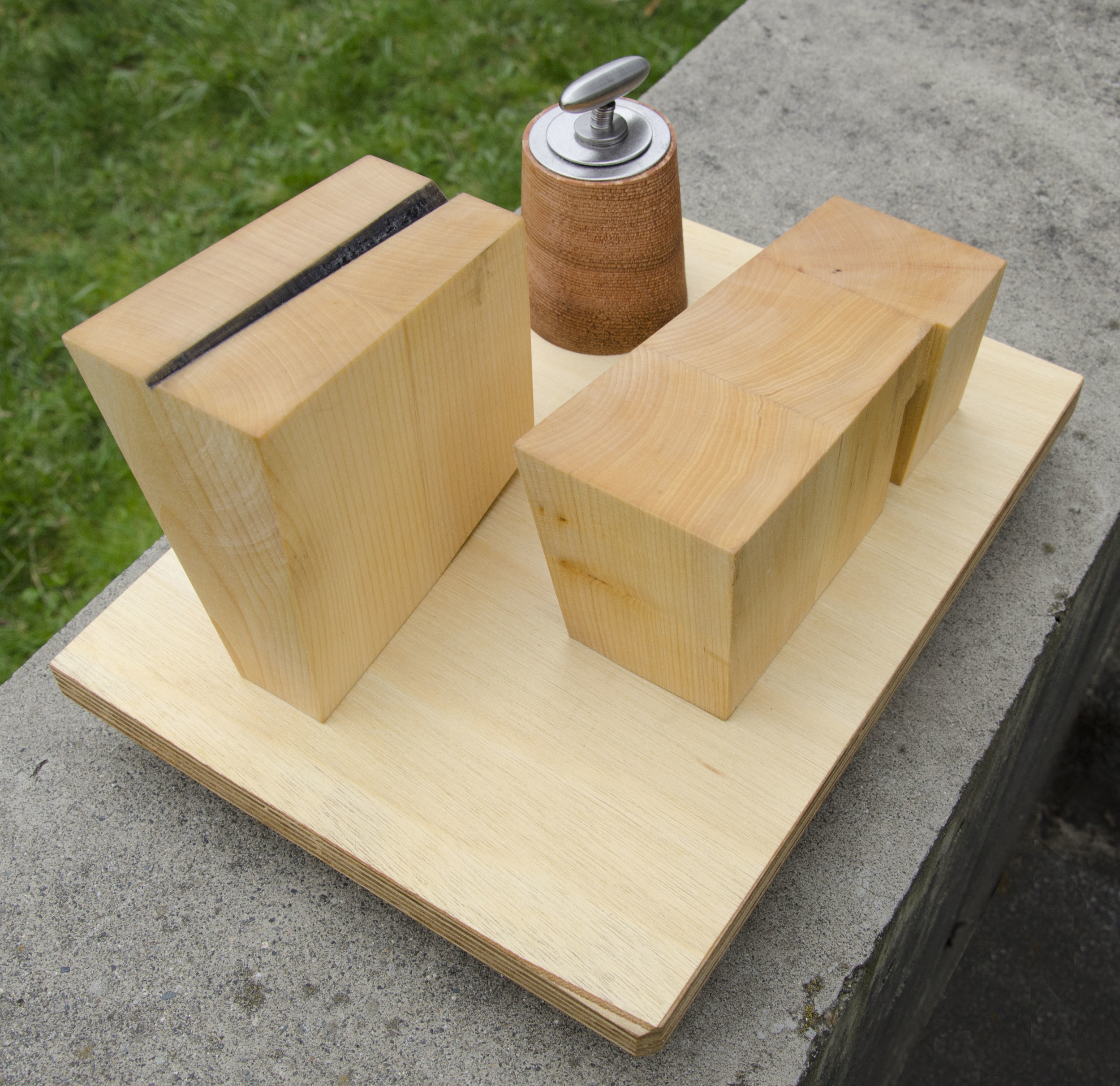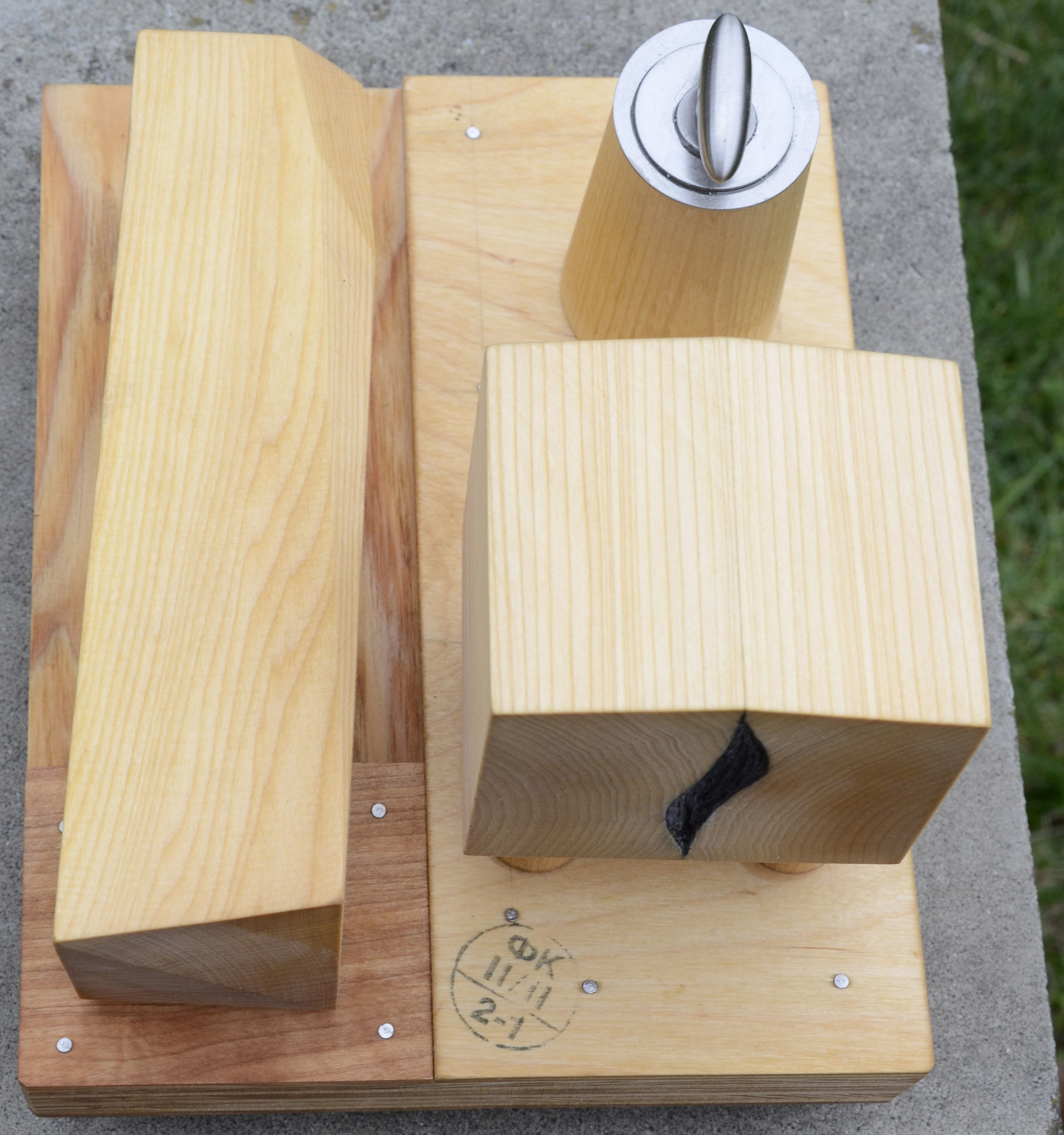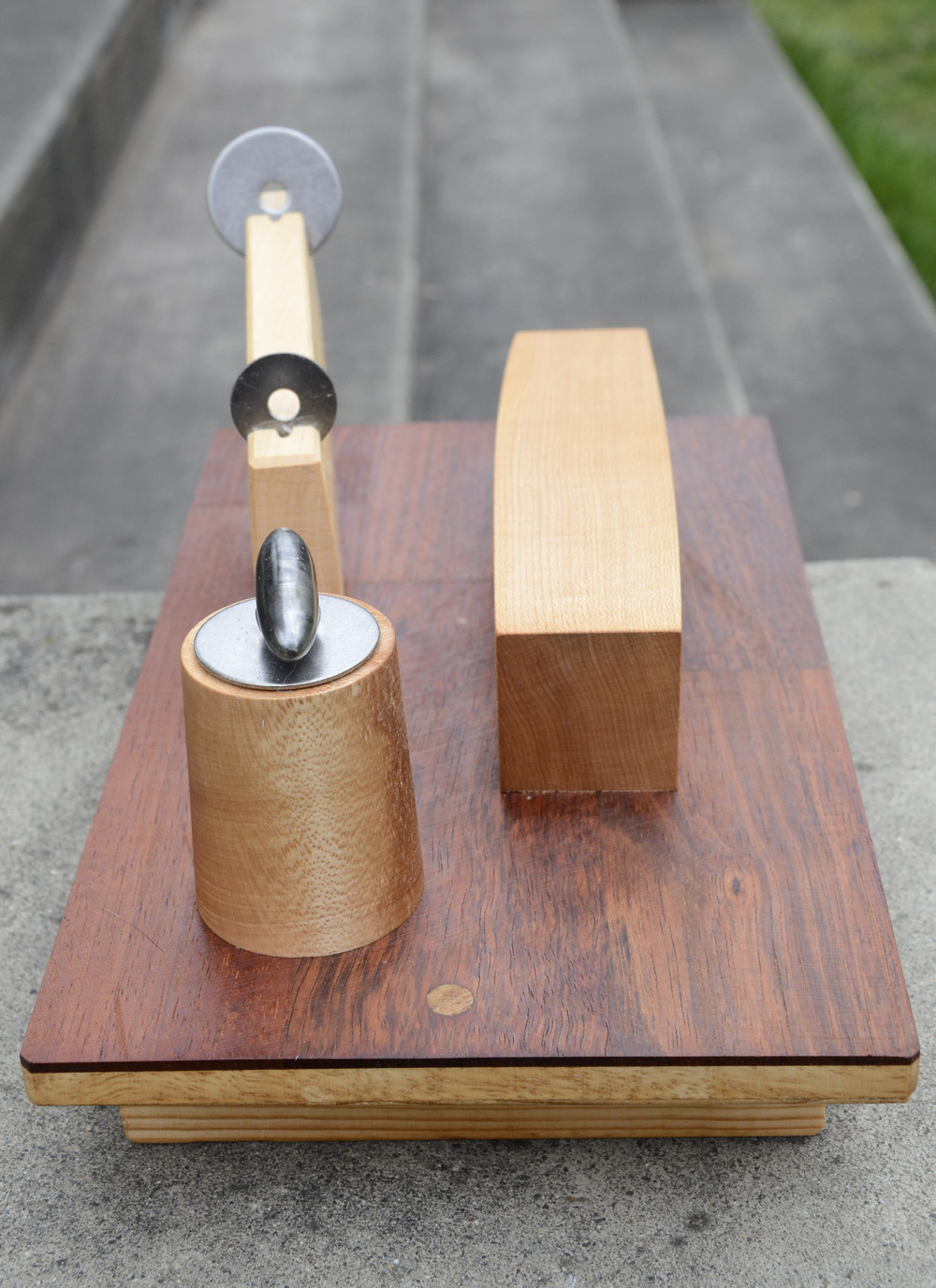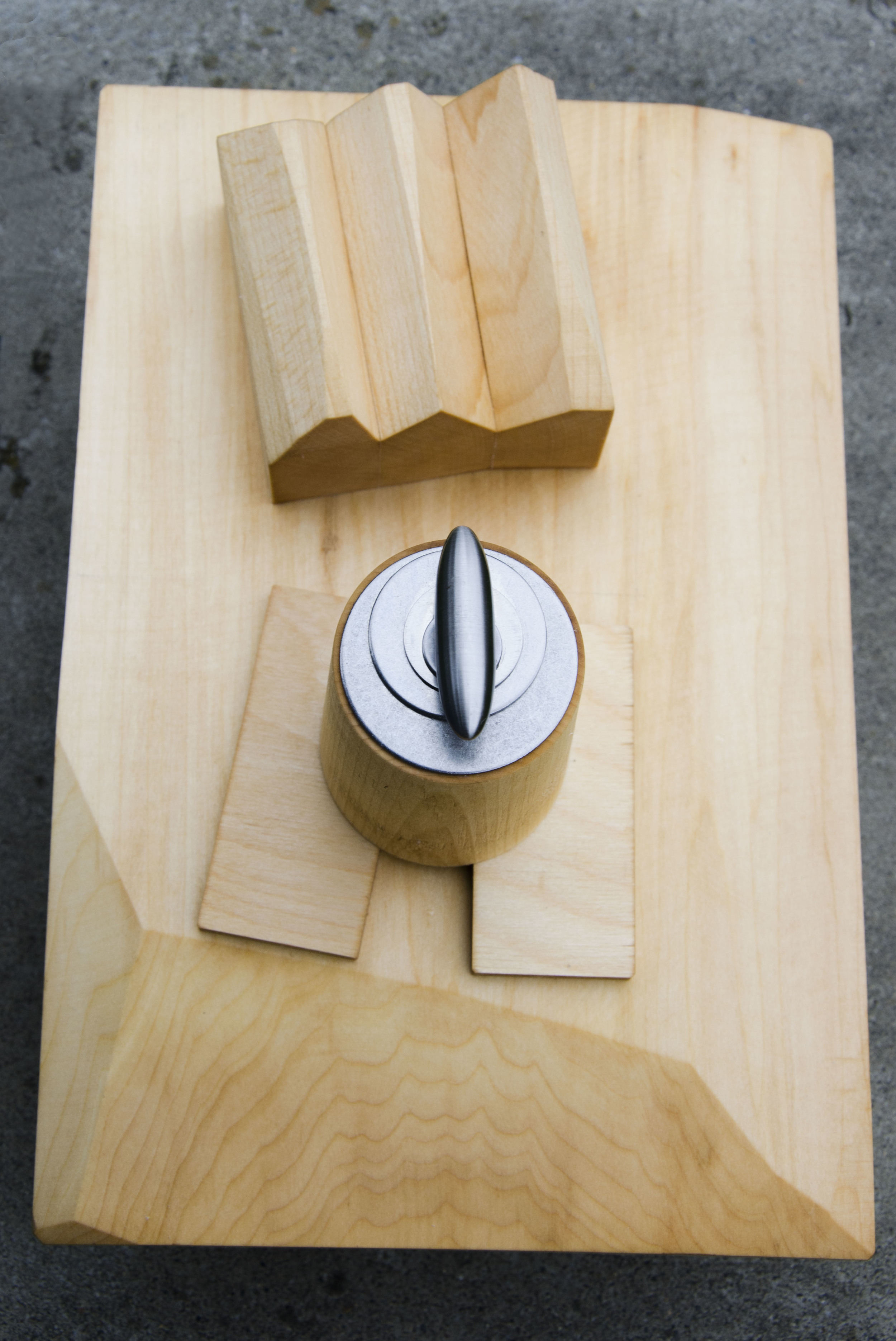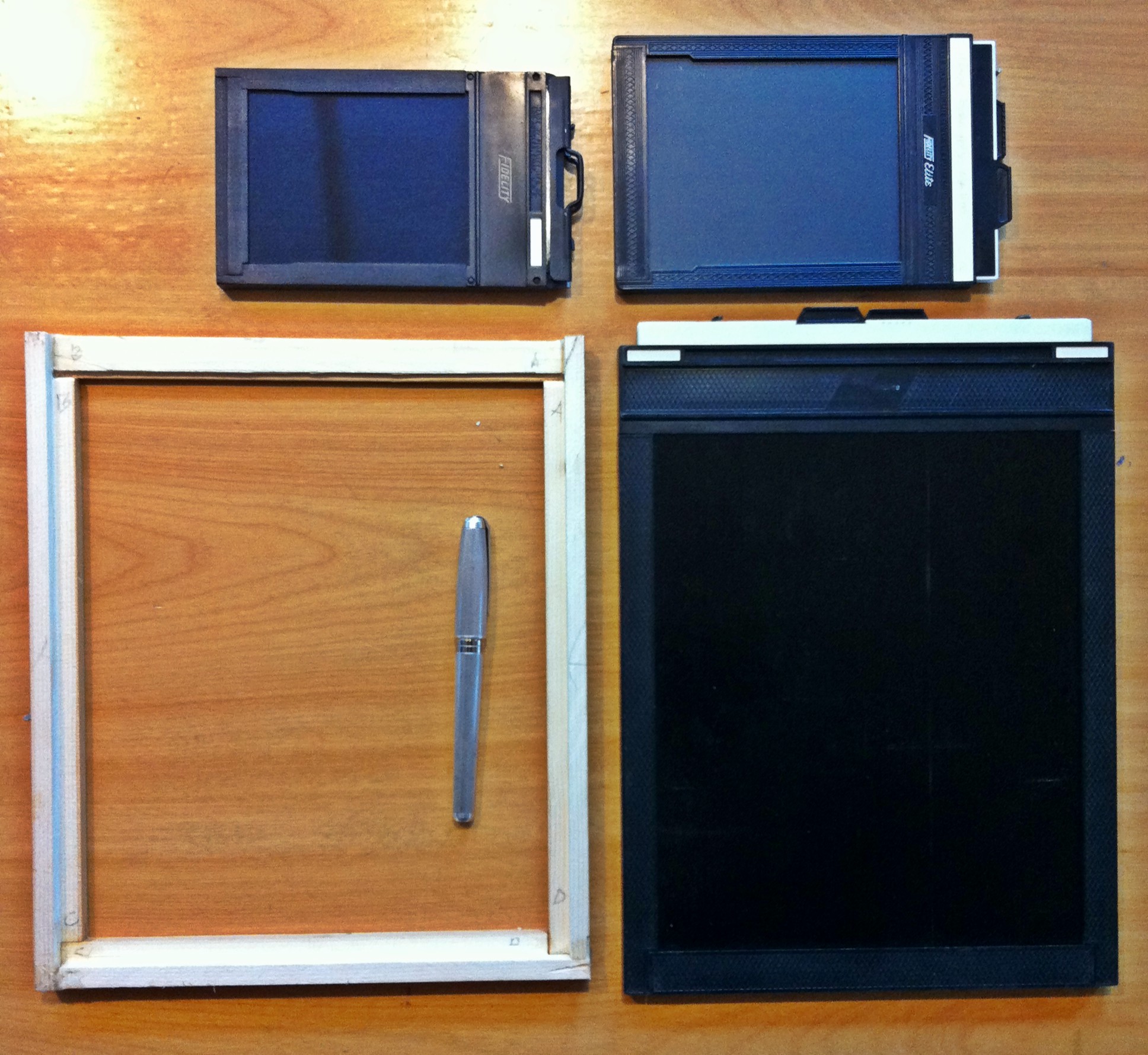New Mini Sculptures are being sold on the Taylor Art House online shop. This will be a start at on-line sales that have had a great initial soft start and interest.
The items are a combination of steel and up-cycled Douglas Fir lumber that is anywhere from 60 to 120 years old gathered from various places and remodeling jobs around Seattle. The steel is usually purchased from Pacific Industrial Supply and is pretty basic carbon steel. Several buyers that have not been able to be at openings or other sales venues have asked to have smaller items they can keep for themselves or gift to others before they mature into larger purchases,. Some buyers have a bigger piece and want to have more of a keepsake for them or loved ones. Hopefully pieces that aren't in other retail areas or shows will show up on this retail site as a temporary store before this website is reconstructed next year. There will be other posts to describe some of the processes that go into these mini-pieces.
Here are some of the Mini-Sculptures we have for sale:





